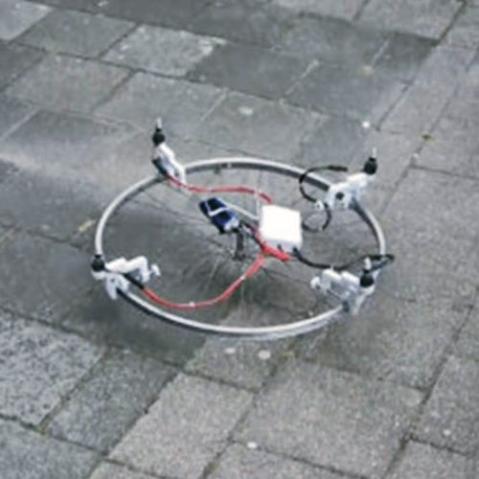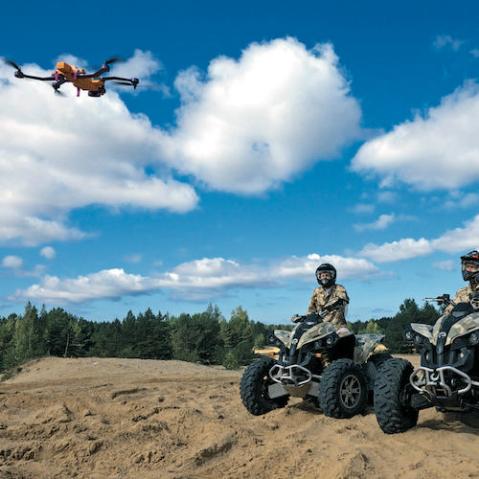What is a prosumer drone and is one for you?
The drone market exploded in 2010 when Parrott—previously known for in-car entertainment systems—released the AR.Drone. Its intuitive iPhone control system, built-in camera, and accessible price stole the show at CES—the Consumer Electronics Show, held in Las Vegas every year—arguably creating a market that has since seen more than one million drones sold.
Am I a ‘prosumer’?
Prosumers drive the consumer electronics industry; they are the people who read reviews and develop an understanding of a product and its features before they buy it, and try to get the best of it. In the world of drones, a prosumer will look for features such as a built-in camera (or the ability to mount one), but as it’s still a consumer product they will still expect it to work out of the box, rather than requiring additional expense or assembly.
However, the world of the prosumer is constantly changing: whereas the AR.Drone 1.0 and 2.0 were once prosumer fare, they would now be considered more like expensive toys, especially if flown without the GPS module (an optional extra that costs around $100). This is because products such as DJI’s Phantom have raised the performance standard and prosumers like ‘pro’ quality.
Parrot AR.Drone 2.0
Parrot’s AR.Drone 2.0, with an HD camera, probably created the prosumer market (though it’s specifications make it more of a toy now). The drone features interchangeable hulls so you can fly safely indoors but keep the sail area low outdoors.

BeBop Drone
The BeBop is the spiritual successor to the AR.Drone. Digital image stabilization negates the need for an expensive motorised camera stabilisation system, and it also sticks with Wi-Fi control, rather than its competitors’ RC control. However, it offers professional users a range-extender and even the ability to plug in Oculus Rift virtual reality glasses so the pilot can look around the ‘cockpit.’

DJI Phantom Range
DJI is a big name in drones, not least for its Phantom. At nearly $1000 (without a camera) this is not a cheap first drone, but it has the power to lift a professional quality camera like the GoPro and a servo-driven stabiliser gimbal (DJI’s Zenmuse H3-3D gimbal is one of the best in the business and it just slots right in). DJI also offers drones with built-in, stabilized cameras of varying quality; the “Professional” model supporting stabilised 4K video.

Phantom accessories
Given the popularity of the product, the Phantom it is well supported with upgrades and features such as first-person video. There is also a lively third-party accessory market.

SteadiDrone QU4D
Arguably the best thing about the drone market is the small companies who are creating beautifully built craft from off-the shelf components, designing their own packaging and instructions. These offer prosumers a step toward self-build power with the backup of customer support.

3D Robotics Solo
Designed in San Diego, and manufactured in Tijuana, the Iris not only arrives ready to fly (including the ability to fly autonomously along paths you program), but with support for a GoPro which can also be operated by the software. 3DR have even added a port for future upgrades to the drone’s bank of sensors.

The Complete Guide to Drones is Adam Juniper’s comprehensive introduction if you’re thinking of dipping your toe into the world of drones. This book will show you everything you could need to know. What types you can buy (or build), how they work, how to fly them, all the relevant rules and how to keep ahead of the weather.
 The Complete Guide to Drones
The Complete Guide to Drones
Adam Juniper
Buy it now!
RRP for print edition: £14.99






